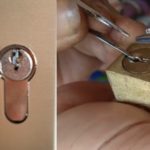The ear is a place where a lot of dirt and bacteria accumulate in dogs, so it is essential to keep it clean. However, not all dog owners know how to do it safely and thoroughly. Join us to discover how to clean your dog’s ears safely and effectively.
1 Benefits of Cleaning Your Dog’s Ears
A dog’s ear is a place where bacteria thrive and multiply, especially in dogs with floppy ears. Therefore, the risk of ear infections is very high if the ears are not cleaned regularly and properly.
 Benefits of Cleaning Your Dog’s Ears
Benefits of Cleaning Your Dog’s Ears
However, cleaning a dog’s ears can be challenging because many dogs don’t like others touching their ears. To make it easier, you can distract your dog with treats or new toys while cleaning its ears. If your dog is showing signs of an ear infection, it’s best to take it to the vet for diagnosis and timely treatment.
2 Tools for Cleaning Your Dog’s Ears
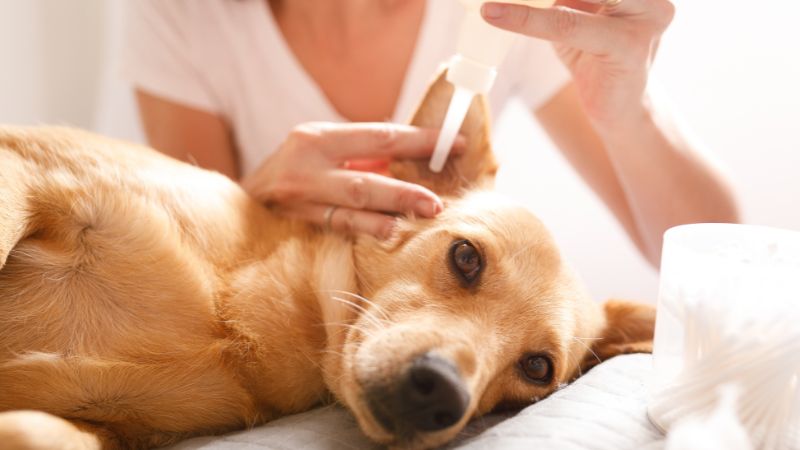 Tools for Cleaning Your Dog’s Ears
Tools for Cleaning Your Dog’s Ears
When starting to clean your dog’s ears, you’ll need the following tools:
- Ear cleaning solution for dogs: Choose a suitable product depending on your needs, but avoid using solutions containing alcohol or hydrogen peroxide as they can irritate your dog’s sensitive ears.
- Cotton balls: Cotton balls are great for cleaning the outer edges of the ears, but don’t use them to clean inside the ear canal as it can cause permanent damage to your dog’s hearing.
- Tweezers: If your dog has a lot of ear hair, you’ll need tweezers to pluck them carefully.
- Clean towel: Use a towel to wipe the outside of your dog’s ears gently.
3 How to Clean Your Dog’s Ears Safely
Preparation
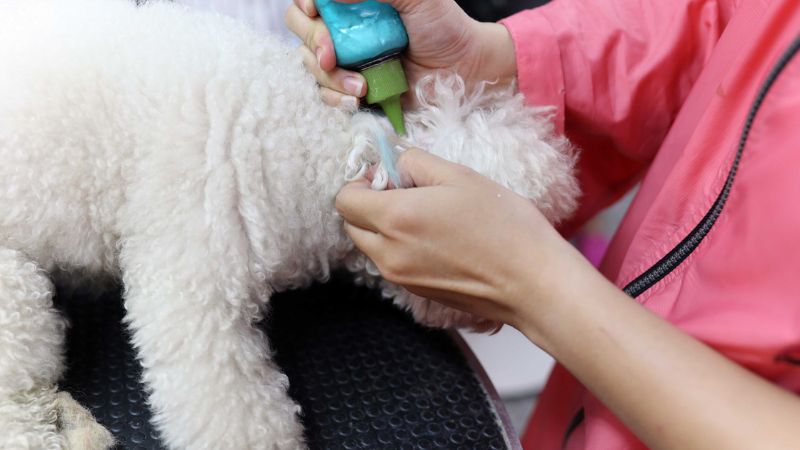 Preparation
Preparation
Before starting, gather all the tools you need, including ear cleaning solution, cotton balls or soft gauze, tweezers, and a clean towel. Make sure to use products specifically designed for pets and avoid using human products.
Reward Your Pet
 Reward Your Pet
Reward Your Pet
To make the ear cleaning process easier, reward your pet with treats or play before starting to make them feel more comfortable and cooperative.
Clean Your Dog’s Ears
Use tweezers to gently remove any hair inside your dog’s ear canal. Then, let your dog shake its head if it wants to, holding the towel over its head to catch any flying hair.
 Cleaning Your Dog’s Ears
Cleaning Your Dog’s Ears
Wrap a small piece of cotton around your index finger and gently wipe your dog’s ear canal. Only use a cotton swab if necessary, and only clean the visible part of your dog’s ear. Finally, reward your dog after cleaning to encourage good behavior.
4 Things to Note When Cleaning Your Dog’s Ears
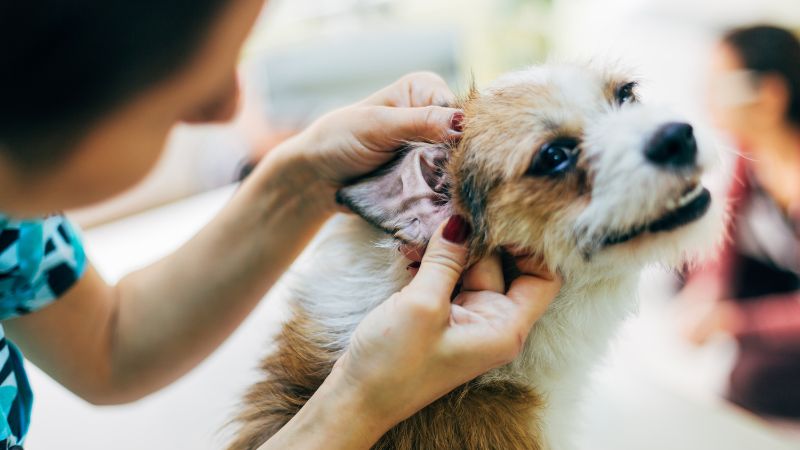 Things to Note
Things to Note
Here are some important things to keep in mind when cleaning your dog’s ears:
- Cocker Spaniels: Prone to excessive earwax production due to genetic factors.
- Bassets: Their long ear canals can trap a lot of earwax.
- English Bulldogs: Prone to skin issues, allergies, and ear infections due to their many ear folds.
- Poodles: Tend to have hair growing inside their ears, which can form hairballs and lead to infections.
- Dogs with allergic tendencies or a love for swimming: More prone to earwax buildup.
When cleaning your dog’s ears, pay attention to the unique characteristics of their breed to ensure a safe and effective cleaning routine.
5 Frequently Asked Questions About Cleaning Your Dog’s Ears
How often should I clean my dog’s ears?
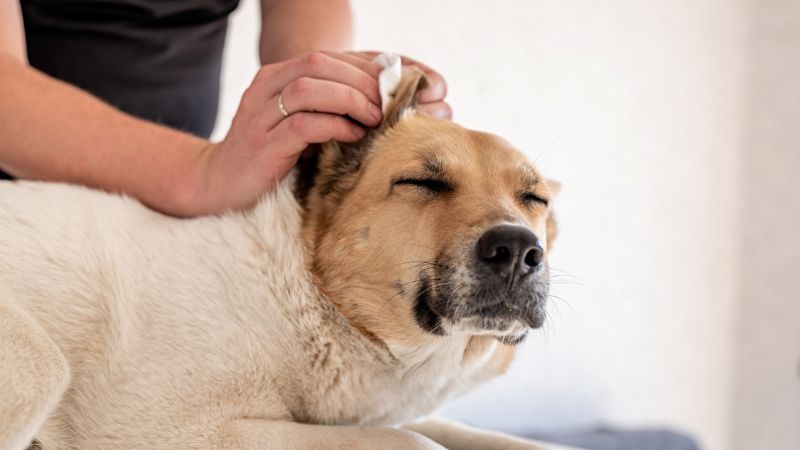 It depends on your dog’s condition.
It depends on your dog’s condition.
The frequency of ear cleaning depends on your dog’s individual needs. Most dogs have healthy ears thanks to their self-cleaning mechanism. Overusing ear cleaning solutions or cleaning too often can irritate their ears and disrupt the natural pH balance, making it easier for bacteria to grow.
Can I use physiological saline solution to clean my dog’s ears?
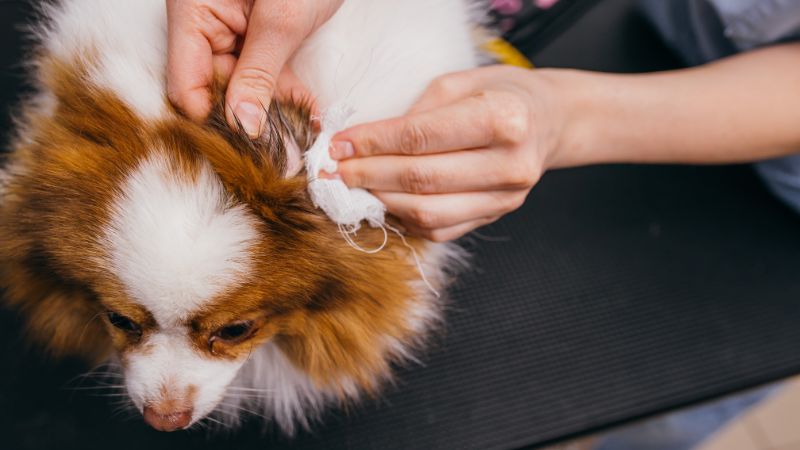 Using Physiological Saline Solution
Using Physiological Saline Solution
Physiological saline solution has a similar composition to tears and provides essential nutrients to the body. It can help clean your dog’s ears, remove bacteria, prevent infections, and reduce the risk of inflammation. However, always consult your vet before using any product, including physiological saline solution, to clean your dog’s ears.
When should I take my dog to the vet for ear cleaning?
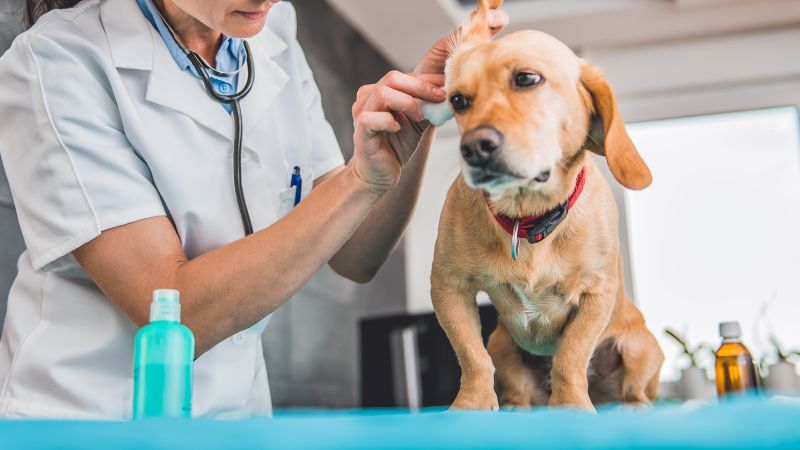 When to Visit the Vet
When to Visit the Vet
Take your dog to the vet if it shows any of the following signs:
- It flinches or tries to avoid you touching its ears, indicating pain.
- Its ears have a foul odor or discharge.
- It frequently rubs, scratches, or shakes its head.
- Its ears are swollen.
- If you feel your dog needs ear cleaning but you’re unable to do it yourself, take it to the vet for professional care.
We hope this article has provided you with valuable insights on how to clean your dog’s ears safely and effectively. Thank you for reading!


























